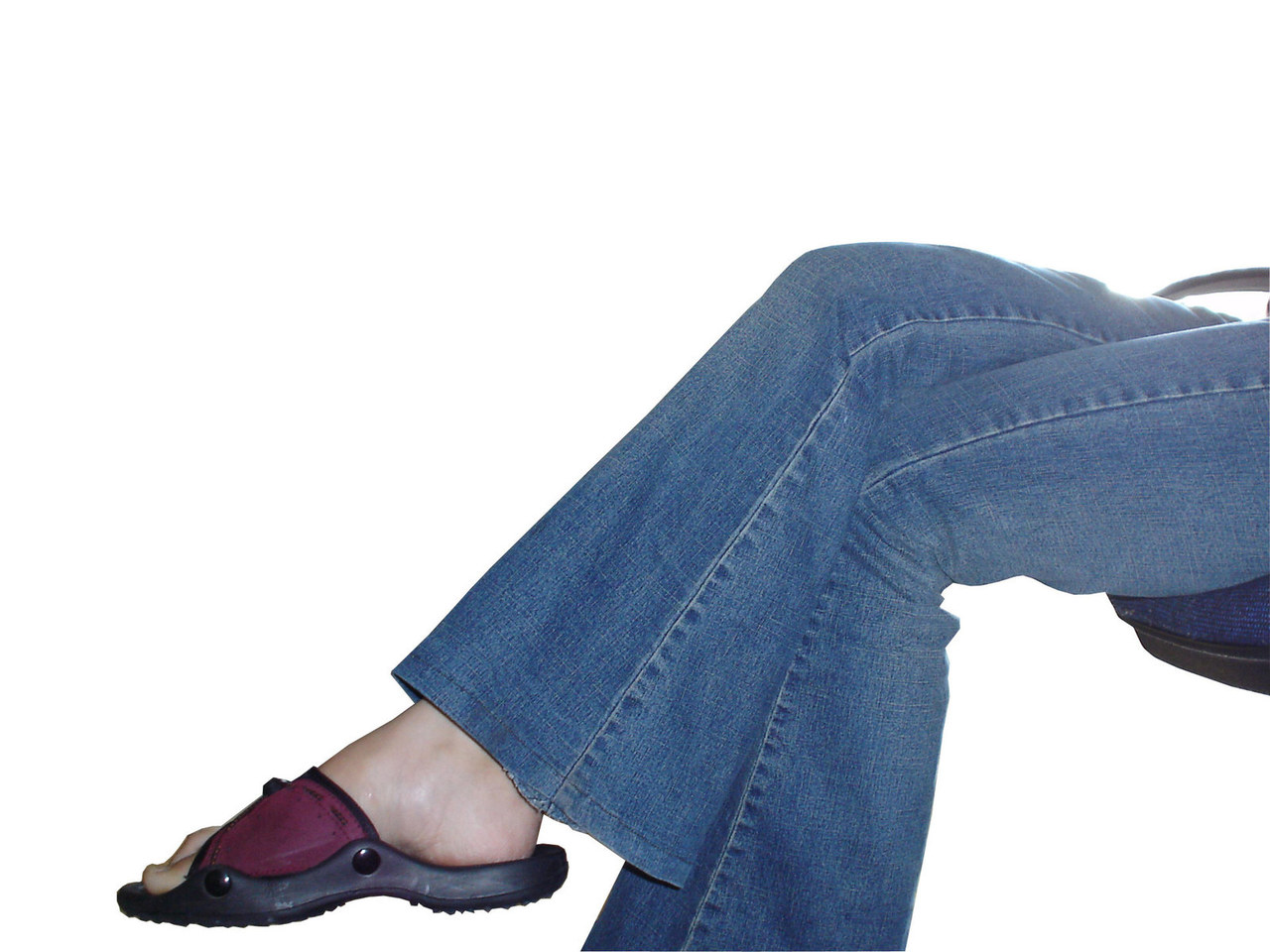
Better Hearing Keeps You Connected!
Courtesy Hearing Services of McKinney
Cassandra Wilson, Au.D.
Doctor of Audiology, Owner
The prevalence of hearing loss is rather telling. Many have heard the statistics: 36 million Americans have a significant hearing loss, which equates to one out of every four households in the U.S. having a member who is hearing impaired. In addition, half of all hearing impaired individuals are over the age of 65.
Research shows that hearing loss is frequently associated with other physical, mental, and emotional health conditions, and that people who address their hearing loss often experience better quality of life. Eight out of 10 hearing aid users, in fact, say they’re satisfied with the changes that have occurred in their lives specifically due to their hearing aids—from how they feel about themselves to the positive changes they see in their relationships, social interactions, and work lives.
When people with even mild hearing loss use hearing aids, they often improve their job performance; enhance their communication skills; stay socially active; increase their earnings potential; improve their professional and interpersonal relationships; stave off depression; gain an enhanced sense of control over their lives; and better their quality of life.
Here are four little-known facts about today’s hearing aids:
- They’re virtually invisible. Many of today’s hearing aids sit discreetly and comfortably inside the ear canal, providing both natural sound quality, and discreet and easy use.
- They automatically adjust to all kinds of sound environments. Recent technological advances with directional microphones have made hearing aids far more versatile than ever before—and in a broad range of sound situations.
- You can enjoy water sports and sweat while wearing them. Water-resistant digital hearing aids have arrived. This feature is built into some newly designed hearing aids for those concerned about water, humidity, and dust. This feature suits the active lifestyles of swimmers, skiers, snowboarders, intensive sports enthusiasts and anyone working in dusty, demanding environments.
- They work with smartphones, home entertainment systems and other electronics. Wireless, digital hearing aids are now the norm. That means seamless connectivity—directly into your hearing aid(s) at volumes and settings that are just right for you—from your smartphone, tablet computer, MP3 player, television and other high-tech gadgets.
Contact your audiologist today to learn more about the new features available in today’s hearing aids.


